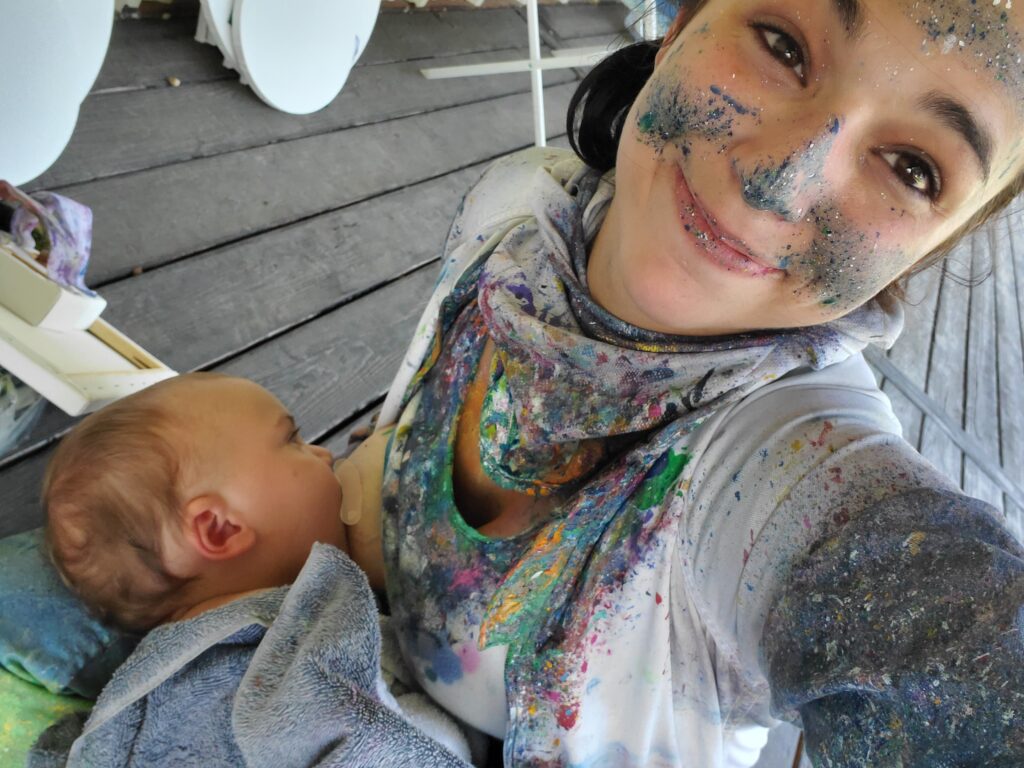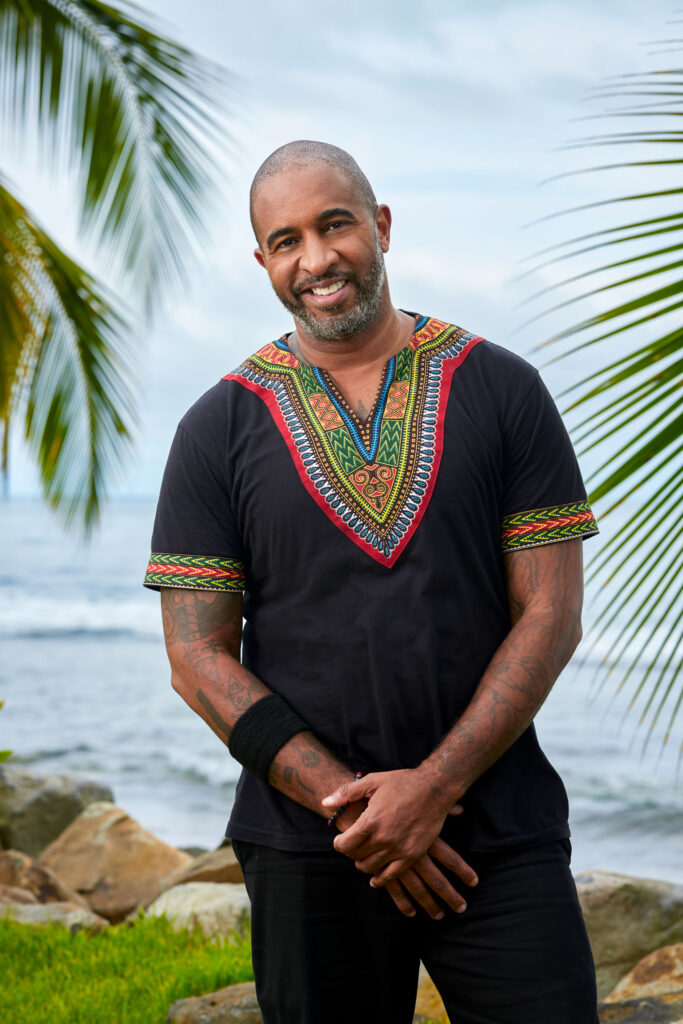
PaperChirrups is the brainchild of Wildlife Artist and Creative Conservationist , Niharika Rajput based in New Delhi, India. Her journey began in the year 2015. She specializes in building carefully handcrafted , intricate paper sculptures of birds and animals. Each piece is made to sheer perfection. Her aim is to restore , protect and conserve all endangered wildlife through art. She has an intriguing eye for nature’s most sophisticated mechanisms but her love for birds is unmatched. Along with her art practice her ongoing projects are dealing with the subject of Bird Conservation in India and all over the world, likewise. I’m excited and appreciative that Niharika was interested in being interviewed.
Did you originally grow up in New Delhi and did you have a lot of access to wildlife out there?
I was originally born in the eastern region of India and was close to very hilly terrains. I lived there for a couple of years and then my father comes from a defense background. Throughout my life we were traveling from one place to another every two years. The kind of places that we lived in were forestry areas. A couple years back I moved out to the New Delhi area which was more urban, and I didn’t have the same access to wildlife and scenery. The kind of connection that I had with nature and wildlife was more intense when I moved to Delhi because I was beginning to miss that easy wildlife access. I probably became a little less observant because I couldn’t see too much wildlife around me. But then, in the later years when I started traveling again to the Himalayan region, I started spotting a lot of birds again.
Is there a specific reason you have gravitated towards birds with the style of art you do?
I’m drawn to everything within wildlife, but birds I’ve always had this unmatched love for, because I remember as a child when I spotted this white-throated kingfisher. I thought it was a spectacle and noticed the vibrant colors on the bird. It’s just something that drew my attention and it has really continued to be the same for me with birds. They’re so unique and it’s bizarre to think that the hummingbird isn’t found in India. When I was working in Canada for about three months, I was working on this project on the hummingbird because I had never had a face-to-face encounter.
Is there a specific animal species that you recently have worked with or are trying to work with?
I did a project just a few years back and it was a hairy bush viper, a sculpture of a snake that I had done and I don’t think I’ve had a more challenging project than that one, because it literally took me about two and a half months to finish. It must be around 12 inches or 14 inches in length and had major intricacies. Every single scale that went onto the body of that snake had a piece of wire inside it, and then just to even get the structure of the body right and then work on the facial features was a challenge. I absolutely enjoyed the process and I realized that as simple as some of the snakes do look, to get the texture right is a long mission.
What are the collaborations with wildlife conservation initiatives like?
Along my art practice, I conduct these arts for wildlife conservation initiatives. When an opportunity arises, I do work with wildlife organizations, forest departments, and nature interpretation centers around the Northern Belt of India. I’ve been working there since 2016, and I’ve been conducting workshops in many different schools with children and working with the local community just to raise awareness on what’s happening to the black neck crane in Ladakh, which is an endangered species of bird only found in the Tibetan Plateau.
I’ve been going there every year to conduct workshops, bird festivals, engage with the local community, and have these outreach programs. I also work in terms of raising awareness and how art factors into it. For example, I was working with an organization called Wildlife Trust of India, and they were trying to raise awareness on the elephant corridors in India. I had done these two quite huge structured elephants not replicas, but they were more abstract in form with the basic structure intact and it was a traveling exhibition. There were around 101 elephants built by 101 different artists and it was to travel all over India and to raise awareness. I have been working on such projects and then the project in Canada was basically an artist in residency program, which was awarded to me and I worked there at the nature center called Allan Brooks Nature Center. There was another project where I had to build sculptures of the hummingbirds, but at the same time I ended up collaborating with the real hummingbird banders who had been tracking the migratory patterns of the hummingbird and bringing them into the project, which eventually was a success because at the end when the members from the local community came in for the exhibition, they not only saw the sculptures that were there. They went back with a lot of information about the hummingbirds.
Do the sculptures get harder when you work with larger-scaled objects?
With the elephants, the sculpture was made from bamboo and wire and then I had used fabric on it, so the process is different because from my work with birds. If I just look at the pieces that I do, like a life-sized sculpture of a bald eagle, there would be a little more difficulty because you have more canvas to add realistic features to.
Was it an easy transition to build that patience when working with little details?
It’s just something that I always had in me. I grew up as a patient child and used to spend hours just being outdoors, looking at insects, looking at how spiders weave their webs, and collecting fireflies in a jar. I think I was always the kind who just liked staying in one place and just observing. When I’m cutting out the paper feathers and gluing them onto the body of the bird, it can become a repetitive process. You’re building one piece at a time for 500 feathers and that is only mentioning the body feathers and doesn’t include the wings or tail. The repetition is the only thing that took getting used to, but I’ve learned to appreciate the final product.
What typically happens in an art residency program and any advice for new artists trying to find a program?
A residency program is mainly for you to take out some time from the current work that you’re doing to go build either a new body of work or get inspired by whatever’s around you. I’m a wildlife artist, so I chose a residency where I had the opportunity of working at a nature interpretation center. My aim was to be surrounded by researchers and get a better understanding of how they basically deal with the animals and what kind of research goes into it. When I was doing the residency at Allan Brooks Nature Center, we had a raptor show. Some of the researchers had come in from Vancouver and they brought a couple of Raptor birds with them and gave information. If you are an artist, you need to know what your subject is and then maybe narrow down the residencies that you want to apply for. And you should be sure of the fact that you want to go in for a residency program, because it can cost a lot on your pocket and some artists don’t get lucky with sponsorships. I did not have to pay anything out of my own pocket because as a young artist, when you’re starting out, it doesn’t make sense to spend so much money on a residency just because you want to have a certain kind of experience and you want to gain some knowledge from a certain set of people.
Are there any upcoming projects you’re looking forward to?
I’ve been working in Ladakh for a while now and my intention is to put together a nature interpretation center in Ladakh and that is still the aim and I have the forest department and one art gallery, which is called Ladakh Arts and Media Organization. They’re on board with me as far as the idea of the nature interpretation center goes, hopefully that will come through. It’s just because of the pandemic everything got delayed, but there also is a national geographic grant that I’m applying for. I don’t know if it’ll come through or not, but that grant is also focusing on the idea of building a nature interpretation center and having to build 12 sculptures of birds found in that region. This is something that I’ll be experimenting for the first time, because till now I’ve just been working with birds without any sound or movement or any kind of engineering involved. We can record the breeding calls off the birds and then have an animator come in to work on a movie about birds found in that region, why they’re so unique and why they’re significant to the local community. Experts can then dive into how they’re represented in the folk tales and maybe even have musical performances to demonstrate.

